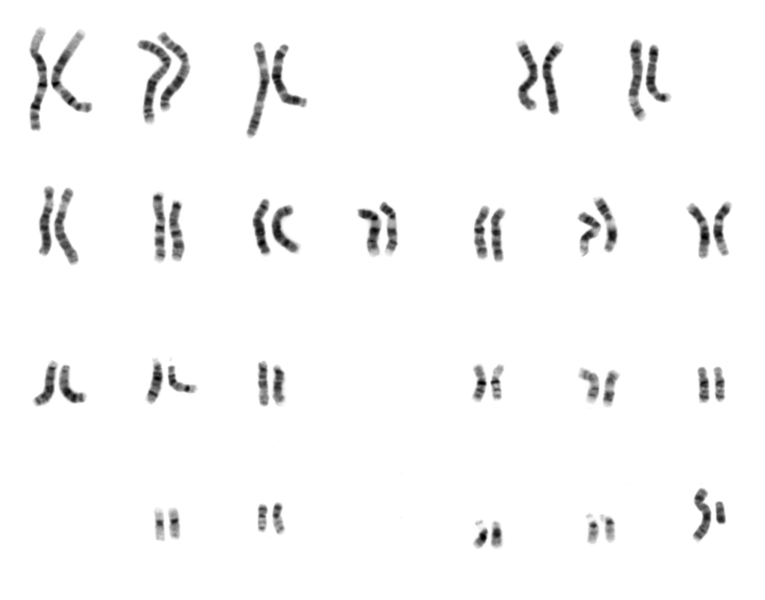Note: These tutorials are incomplete. More complete versions are being made available for our members. Sign up for free.

Chromosomes
<a href=http://en.wikipedia.org/wiki/Chromosome>Source of image</a>

The final goal of genome assembly is to get the nucleotide sequences of the chromosomes. Therefore, it helps to first check how the final product looks like before learning to assemble it. Typically each eukaryotic cell contains multiple chromosomes, and in diploid organisms, they come in pairs. Those chromosome pairs are nearly identical, but have some differences between them.
To simplify the assembly process, almost all genome assembly programs assume that the two pairs of chromosomes are identical. That simplification helps in the assembly process, but it also introduces errors. The errors are minimal as long as the differences between two chromosomes are small. However, that assumption breaks down in the divergent regions of chromosomes and especially in highly polymorphic genomes.
